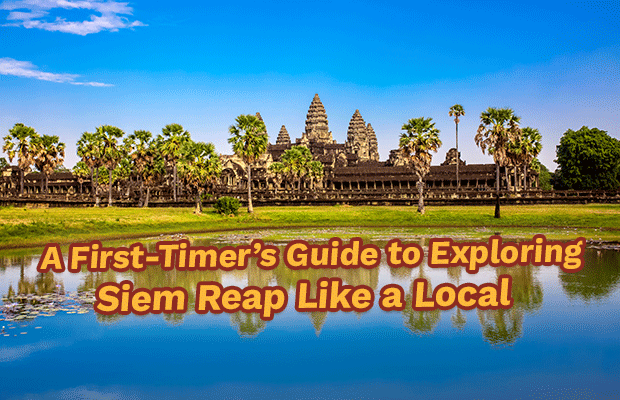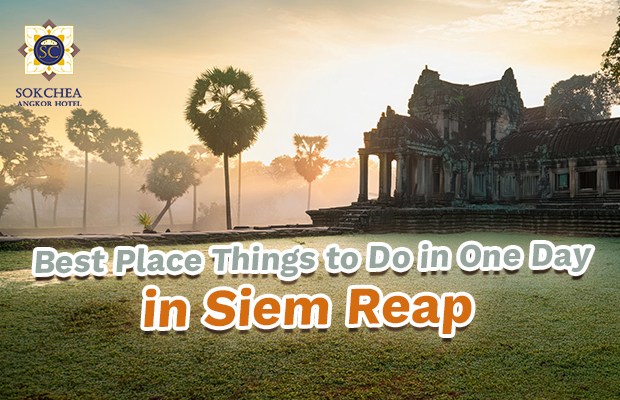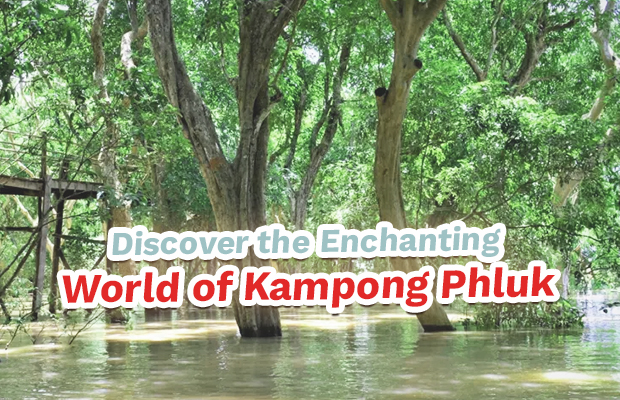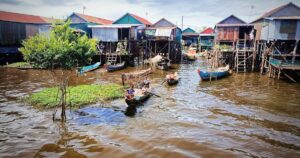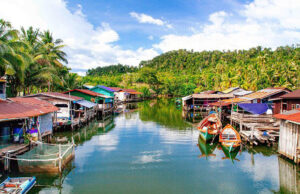Sokchea Angkor Hotel – A Blend of French Colonial Elegance and Traditional Khmer Charm
Sokchea Angkor Hotel stands proudly in the heart of Siem Reap as an architectural gem that reflects Cambodia’s unique cultural heritage while embracing timeless colonial influences. The hotel’s design is a harmonious blend of French Colonial architecture and Traditional Khmer artistry, creating a distinctive identity that welcomes both international travelers and local guests seeking comfort with a sense of history.
From the very first glance at the hotel’s façade, one can notice the French Colonial influence. The rectangular structure with its symmetrical layout, evenly spaced windows, and clean lines recalls the architectural style introduced during the French protectorate in the late 19th and early 20th centuries. The façade, painted in warm earth tones of orange and brown, is both bold and inviting, while the neatly arranged balconies and shutter-style windows add a classic touch that is reminiscent of colonial buildings found throughout Indochina. This orderly structure conveys a sense of strength and stability, yet the soft curves of the entrance arch and decorative accents make it approachable and welcoming.
Stepping inside, the hotel reveals its deeper connection to Traditional Khmer aesthetics. The lobby and courtyard are designed with cultural symbolism that immediately transports guests into the heart of Cambodian tradition. Decorative wooden features, hand-carved details, and natural elements like lotus-filled ponds and wooden boats showcase Khmer craftsmanship. The central courtyard, with its peaceful water features and lotus sculptures, reflects the importance of water and spirituality in Khmer culture, while the pavilion-style seating areas with draped curtains create an intimate and luxurious atmosphere. These design choices not only highlight Cambodian heritage but also provide a sense of serenity and balance for visitors after a day of exploring the temples of Angkor.
 The hotel’s interior design also merges colonial elegance with Khmer touches. High ceilings and wide corridors, characteristic of French Colonial architecture, ensure airflow and natural light, which were practical features adapted to the tropical climate. Meanwhile, the choice of traditional patterns, warm wood tones, and handcrafted décor pieces pay tribute to Khmer artistry. This thoughtful combination creates an environment that is both comfortable and culturally immersive.
The hotel’s interior design also merges colonial elegance with Khmer touches. High ceilings and wide corridors, characteristic of French Colonial architecture, ensure airflow and natural light, which were practical features adapted to the tropical climate. Meanwhile, the choice of traditional patterns, warm wood tones, and handcrafted décor pieces pay tribute to Khmer artistry. This thoughtful combination creates an environment that is both comfortable and culturally immersive.
The swimming pool area continues this architectural dialogue. The surrounding structure retains the colonial-
style balconies and rectangular layout, yet the pool itself and the landscaping around it carry Khmer influences. Palm trees, bamboo fencing, and lush greenery frame the pool, evoking Cambodia’s natural beauty. Guests relaxing by the pool can enjoy both the modern comforts of a well-designed hotel and the tranquil charm of a Khmer-inspired retreat.
Altogether, Sokchea Angkor Hotel embodies the fusion of two legacies: the elegance and order of French Colonial design and the symbolic richness of Traditional Khmer architecture. This blending of styles not only makes the property visually striking but also creates a cultural narrative that connects Cambodia’s history with its present. Guests who stay here experience more than just accommodation; they are immersed in an architectural journey that reflects the country’s diverse identity and enduring spirit.

